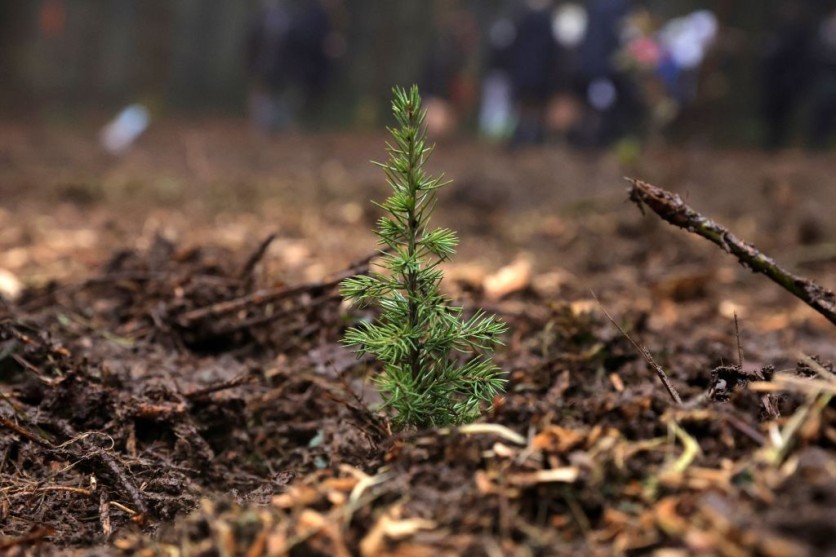Researchers from Purdue University's Department of Computer Science and Institute for Digital Forestry, with collaborator Sören Pirk at Kiel University in Germany, have found that artificial intelligence (AI) can simulate tree growth and shape.

AI Models Inspired by DNA
In work inspired by DNA, the researchers, led by Bedrich Benes, a professor of computer science, developed new AI models that compress the information needed for encoding tree form into a megabyte-sized neural model.
Tech Xplore reported that the DNA molecule encodes tree shape and environmental response in a tiny subcellular package. These AI models, after training, encode the local trees' development for generating complex tree models of some gigabytes of detailed geometry as an output.
The team published their findings in two papers: ACM Transactions on Graphics and IEEE Transactions on Visualizations and Computer Graphics. The AI models developed through deep learning were trained on large datasets to mimic the intrinsic behavior discovered in tree development.
The traditional approach to creating digital tree models involves complex simulation algorithms considering various nonlinear factors. The AI-based models, however, offer a surprising advancement in compressing complex behavior into a small amount of data.
These models are crucial for architecture, urban planning, gaming, and entertainment industries' applications to enhance design realism.
Benes, who has been working with AI models for almost a decade, expressed his expectation that AI could significantly improve existing methods for digital tree models. The AI-generated growth models covered various tree species, including maple, oak, pine, and walnut, with and without leaves.
Read Also : Revolutionizing Learning: Loughborough University Introduces Holographic Technology in the Classroom
AI Tree Models
The researchers pointed out the challenge in quickly creating 3D models of real trees, noting that while AI has successfully modeled 3D geometries unrelated to nature, it has struggled with natural phenomena.
By leveraging AI, the team aims to decouple a tree's intrinsic properties from its environmental response. This complex task involves understanding how trees interact with environmental conditions and the genetic characteristics encoded in their DNA.
The deficiency in AI tree models stems from the absence of training data that describes the 3D geometry of real-world trees. The researchers aim to overcome this limitation by using AI models to reconstruct 3D geometry data from actual trees, aligning with the goals of digital forestry.
"In our methods, we needed to generate the data. So our AI models are not simulating nature. They are simulating tree developmental algorithms," Benes said in a statement.
"You take your cellphone, take a picture of a tree, and you get a 3D geometry inside the computer. It could be rotated. Zoom in. Zoom out. This is next. And it's perfectly aligned with the mission of digital forestry," he added.
Related Article : Meta's AI Ambitions: Mark Zuckerberg Faces Criticism Over Plans to Develop Advanced AI with Open-Source Accessibility

ⓒ 2026 TECHTIMES.com All rights reserved. Do not reproduce without permission.




